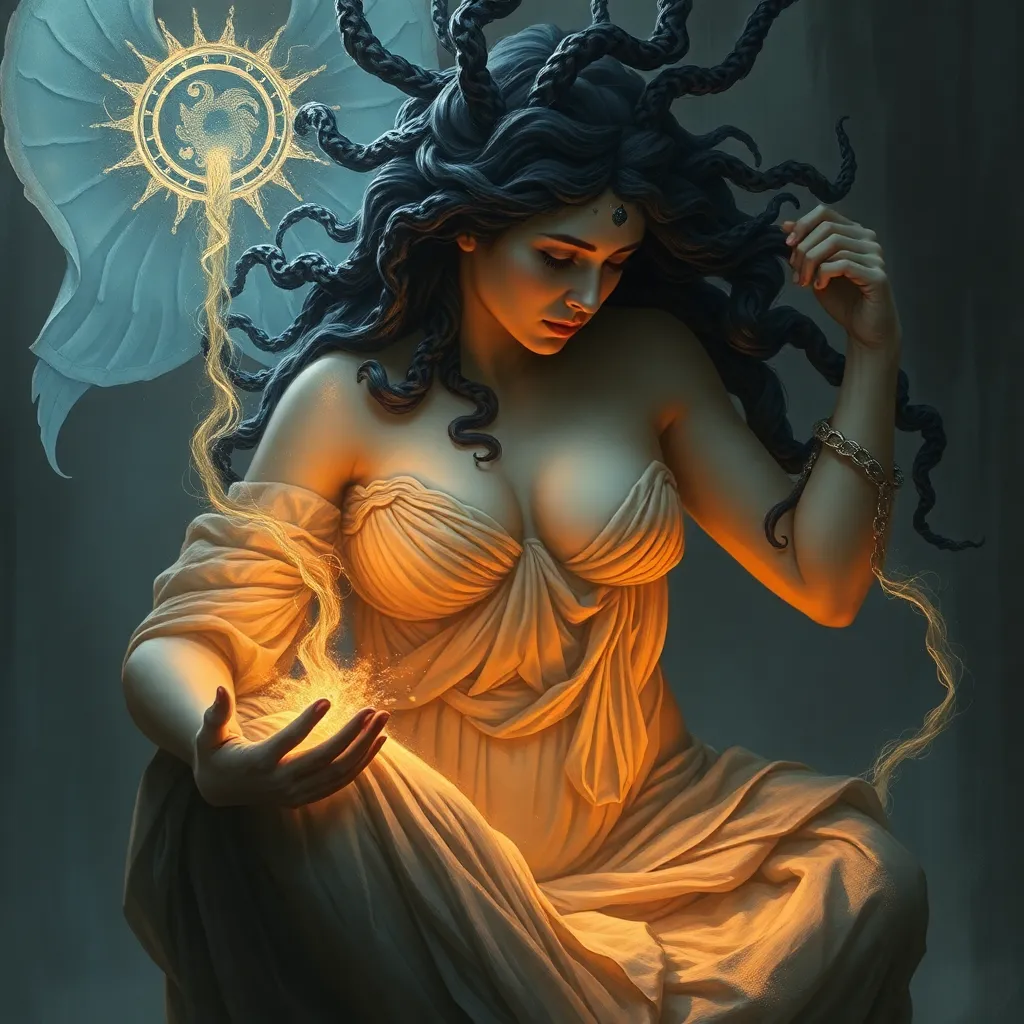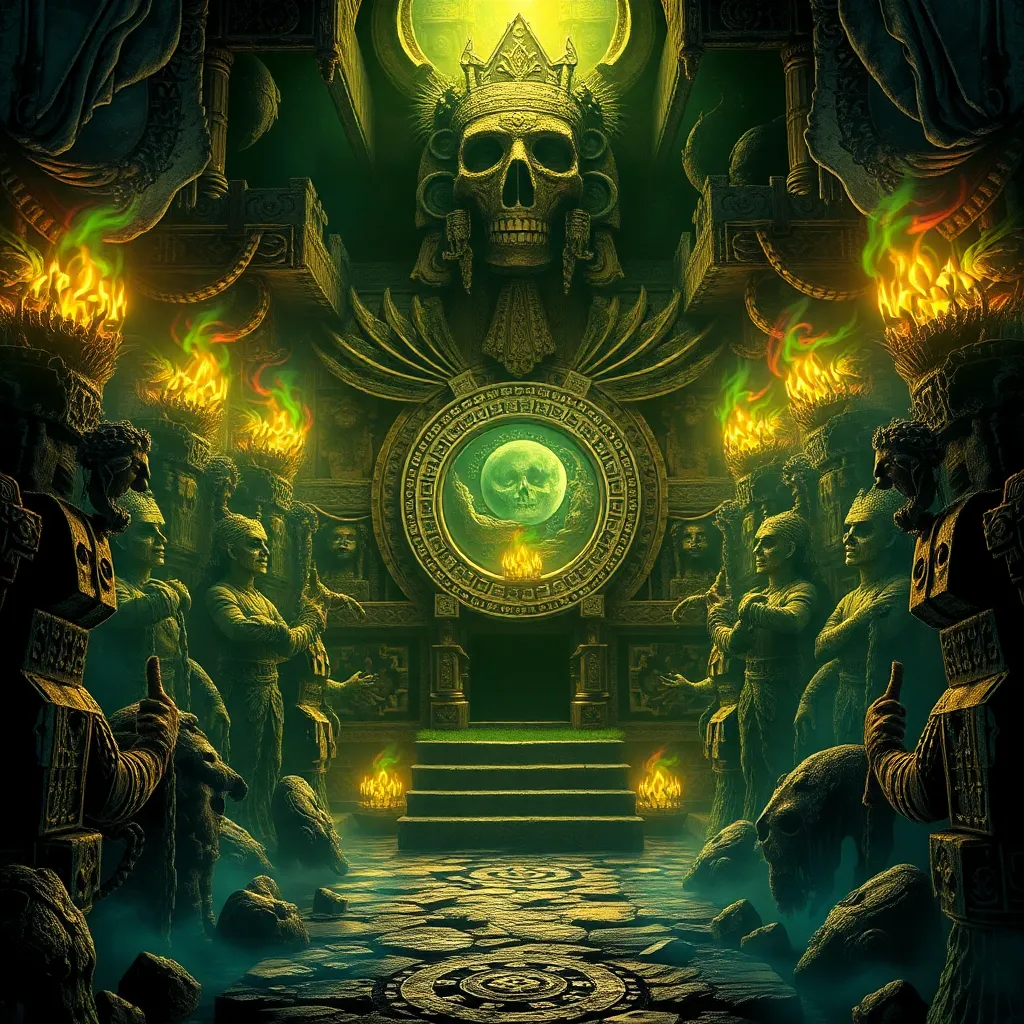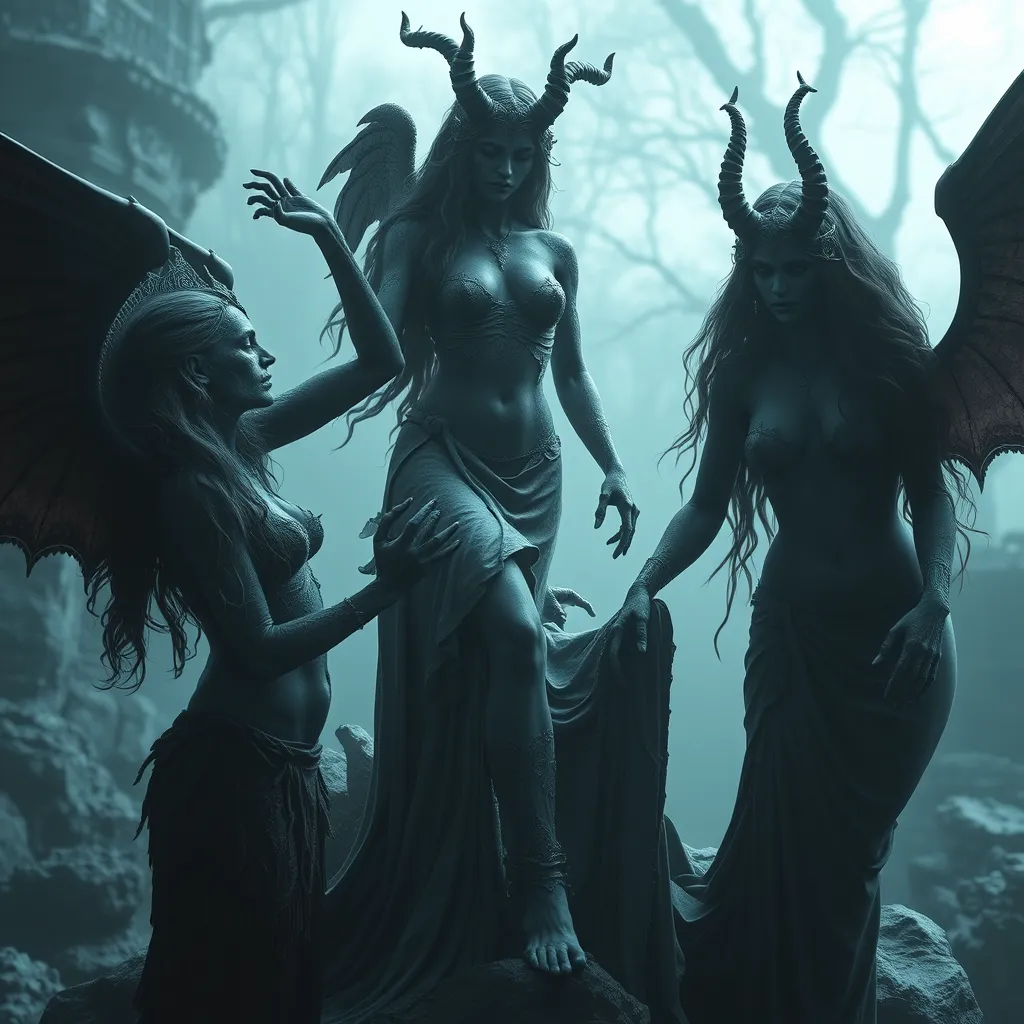The Serpent Skirt of Coatlicue: A Visual Analysis of Aztec Iconography
I. Introduction
Coatlicue, a central figure in Aztec mythology, embodies the duality of life and death, creation and destruction. As the mother of gods and the earth goddess, Coatlicue holds a significant place in the pantheon of Aztec deities. Understanding her iconography, particularly the serpent skirt she adorns, is crucial for appreciating the complexities of Aztec culture and beliefs.
Iconography serves as a vital key to unlock the rich narrative and values of a civilization. The depiction of Coatlicue, especially her serpent skirt, is an essential aspect of Aztec artistic expression, reflecting deep-seated cultural ideologies. This article aims to analyze the serpent skirt as a symbol, revealing its multifaceted meanings and implications within Aztec society.
II. Historical Context of Coatlicue
Coatlicue, often referred to as the “Mother of Gods,” has an intricate mythological background. She is associated with the earth, fertility, and the cycle of life and death. According to Aztec mythology, Coatlicue gave birth to the moon, stars, and the god of war, Huitzilopochtli, after a miraculous conception, which reflects her role as a nurturing yet fierce maternal figure.
In Aztec religion and society, Coatlicue was revered in temples and rituals, often associated with the agricultural cycles and the sustenance of life. Her fierce nature and connection to death highlighted the Aztec understanding of the world as a balance of opposites.
The portrayal of Coatlicue in Aztec art, particularly through her serpent skirt, emphasizes her importance as a goddess and the reverence the Aztec people held for the cycles of life, death, and rebirth.
III. Description of the Serpent Skirt
The serpent skirt of Coatlicue is one of the most striking features of her depiction. Visually, it consists of intertwined serpents that spiral around her lower body, creating a dynamic and flowing form. The serpents are often depicted with intricate scales and expressive features, embodying both beauty and danger.
Materials used in creating representations of the serpent skirt varied but typically included textiles, stone, and clay. The techniques employed in crafting these garments included weaving, carving, and painting, showcasing the skill and artistry of Aztec craftsmen.
When compared to other Aztec garments and adornments, the serpent skirt stands out due to its unique symbolism and the vivid representation of serpents, which were emblematic in Aztec culture. Other garments might display simpler designs or different motifs, but the serpent skirt conveys a richer narrative of duality and power.
IV. Symbolism of Serpents in Aztec Culture
In Aztec culture, serpents symbolize a complex duality encompassing life and death. They are often seen as harbingers of both fertility and destruction, reflecting the cyclical nature of existence. This duality is essential in understanding the cultural significance of the serpent skirt.
- Life and Death: Serpents were associated with both the regenerative aspects of nature and the inevitability of death.
- Fertility and Regeneration: Serpents were believed to promote growth and fertility, making them vital symbols in agricultural contexts.
- Connection to Deities: Serpents were linked to various deities within the Aztec pantheon, further enhancing their significance in rituals and mythology.
V. The Serpent Skirt in Artistic Representations
The serpent skirt appears prominently in several artistic representations, including codices and sculptures. For instance, in the Codex Mendoza, Coatlicue is depicted with her serpent skirt, vividly illustrating the intricate details of the serpents and their dynamic movement.
Stylistically, the serpent skirt showcases distinct iconographic motifs, such as the use of vibrant colors and elaborate patterns that symbolize the richness of life and the complexity of the natural world. These stylistic elements contribute to the overall portrayal of Coatlicue as a powerful and multifaceted deity.
Moreover, the relationship of the serpent skirt to other features of Coatlicue’s depiction, such as her skull necklace and the claws on her hands, emphasizes her fierce and protective nature. Together, these elements encapsulate the essence of her character and the reverence she commanded in Aztec society.
VI. Interpretations of the Serpent Skirt
Scholarly interpretations of the serpent skirt vary, with many emphasizing its significance as a symbol of motherhood and sacrifice. The serpents, often interpreted as representations of her children, highlight the protective and nurturing aspects of Coatlicue’s persona.
The skirt reflects societal values and beliefs regarding motherhood, illustrating the dual roles women played within Aztec society as nurturers and warriors. It also symbolizes the sacrifices made for the continuation of life, reflecting the Aztec understanding of existence as a complex interplay of giving and taking.
VII. The Impact of the Serpent Skirt on Modern Understanding of Aztec Art
The serpent skirt has significantly influenced contemporary interpretations of Aztec iconography. It serves as a focal point for discussions regarding the complexity of Aztec beliefs, the role of women in their society, and the interconnectedness of life and death.
In cultural heritage and identity, the serpent skirt represents a profound connection to the past, allowing modern audiences to appreciate the artistic and spiritual legacy of the Aztecs. Its preservation in museums and academic studies continues to shed light on the intricate narratives woven into Aztec art and society.
VIII. Conclusion
In summary, the serpent skirt of Coatlicue is a powerful symbol within Aztec iconography, reflecting the duality of life and death, creation and destruction. Through its artistic representations, it offers insights into the values and beliefs of the Aztec civilization, particularly regarding motherhood, sacrifice, and the cycles of nature.
The enduring legacy of Coatlicue and her serpent skirt invites further study and appreciation of Aztec iconography, encouraging a deeper understanding of a culture that valued the intricate balance of life. As we explore these symbols, we uncover the rich narratives that continue to resonate in contemporary discussions of identity and heritage.
![]()


